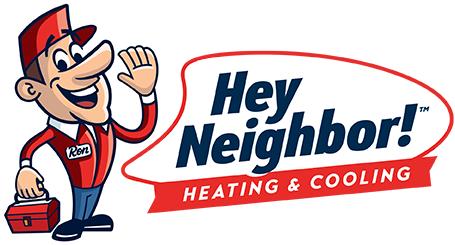Hey, neighbors! Have you ever wondered how those magical boxes in your basement keep your home warm and toasty during the chilly months? Well, let’s embark on a friendly journey to explore the world of furnaces, demystifying their inner workings, the various types, the fuels that power them, and the delightful features that bring comfort to your home.
How Furnaces Work
Alright, let’s dive into the nitty-gritty of furnace functionality. Imagine your furnace as a warm-hearted wizard casting spells to banish the cold. When you adjust your thermostat, you’re essentially sending a message to this wizard to work its magic.
Most furnaces in homes are powered by natural gas or electricity. Natural gas furnaces have a burner that ignites the gas, creating a flame. This flame then heats up a heat exchanger, which warms the air passing over it. The warm air is then circulated through your home via ducts and vents, creating a snug atmosphere in every nook and cranny.
Electric furnaces, on the other hand, use heating elements to warm the air. These elements, much like the coils on your toaster, heat up when electricity flows through them, and the warm air is distributed in the same way.
Different Types of Furnaces and Their Fuels
Now, let’s talk about the diverse cast of furnaces and the fuels that power their warmth.
Natural gas furnaces. These are the most common in many homes. They’re cost-effective and efficient, providing reliable heat with a steady supply of natural gas.
Electric furnaces. Ideal for areas where natural gas isn’t readily available, electric furnaces are clean and easy to install. However, they may be less cost-effective in the long run depending on your electricity rates.
Oil furnaces. Using oil as fuel, these furnaces are a bit old-school but still prevalent in some areas. They’re efficient, but the cost of oil can fluctuate.
Propane furnaces. Similar to natural gas furnaces, but they use propane instead. These are often found in areas where natural gas lines are not accessible.
Furnace Features for Ultimate Comfort
Now, let’s talk about the bells and whistles that turn your humble furnace into a comfort maestro.
Variable-speed blowers. These smart blowers adjust their speed based on your home’s heating needs, ensuring a consistent and quiet flow of warm air.
Programmable thermostats. Imagine setting your furnace to kick in right before you wake up or return home. Programmable thermostats let you create a heating schedule that suits your lifestyle, saving energy when you don’t need it.
Zoning systems. If you have different temperature preferences for different parts of your home, zoning systems allow you to control the heat in specific areas, ensuring everyone is happy and cozy.
Humidifiers. Cold air tends to be dry, and that’s not great for your skin or your indoor plants. Furnaces equipped with humidifiers add moisture to the air, making your home more comfortable and preventing that annoying winter dryness.
Have Furnace Questions? Hey Neighbor Heating & Cooling Can Help!
So there you have it, a friendly guide to the heartwarming world of furnaces! Whether your furnace is powered by the mystical energy of natural gas, the electrifying power of electricity, or the steadfast warmth of oil or propane, it’s there to ensure your home is a haven of comfort during the colder months. And with features like variable-speed blowers, programmable thermostats, zoning systems, and humidifiers, your furnace is not just a source of heat but a wizard of comfort, making your home the coziest place to be. Stay warm and stay cozy!


Comments are closed